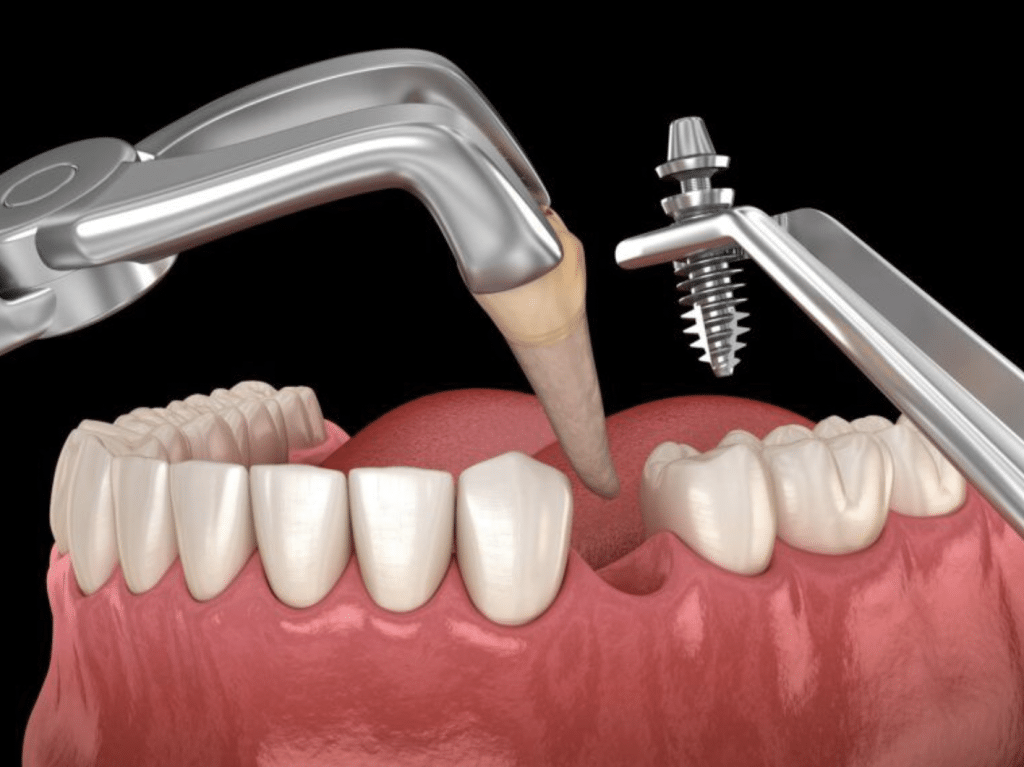Implants placed immediately following tooth extraction have many patient-oriented advantages; however, this treatment option may not always be possible.
A delayed implant involves waiting a period оf time after extracting a tooth tо ensure the extraction site heals completely and requires any necessary additional procedures, such as bone grafting оr sinus lifts tо enhance both quantity and quality оf available bone tissue.
Are you considering dental implant іn Newmarket? Their team оf experienced dentists can provide you with the information and care you need tо make an informed decision.
1. Bone Regeneration
Implants are artificial replacements for missing tooth roots. To achieve successful osseointegration, implants must become securely embedded within healthy bone. To accomplish this feat, their structure should promote new bone formation while their pores enable bone cells to infiltrate the implant and create the best environment possible for infiltration.
If your jawbone has gradually lost density over time, a dentist may suggest bone grafting before proceeding with immediate dental implant placement. This procedure involves adding bone material directly into the area that needs it – which may lengthen treatment timelines and potentially extend treatment length.
However, a recent meta-analysis concluded that there was no difference in one-year implant survival between those placed immediately or delayed after tooth extraction and those that were implanted later – including both randomised and non-comparative studies.
2. Less Pain
If you need to replace a tooth but do not have sufficient bone structure, your dentist may suggest bone grafting as a solution to rebuild the site. While the procedure takes several months to heal fully, its foundation provides the ideal environment for implant placement. Patients often receive dental flippers during this process of healing so as to fill any spaces between teeth that arise during restoration.
Studies have demonstrated that immediate implant placement into an open socket after extraction can produce successful osseointegration and survival rates comparable to delayed placement in healed sites. Before opting for immediate placement it is important to take your overall health and extraction site condition into consideration before opting for this treatment as immediate implant placement may increase costs significantly and risk infection risk considerably more than delayed implant placement can.
3. Less Risk of Failure
If you are missing teeth, it is essential that they be replaced as soon as possible to prevent bone loss and maintain oral health.
Instantaneous dental implant placement can be a safe and predictable procedure when performed by experienced dentists, significantly shortening treatment time and possibly helping you avoid further complications.
However, immediate loading implants may not be suitable for everyone and it is essential that you carefully consider both your health and medical history before considering this form of treatment.
Delayed dental implant placement allows your extraction site to heal before inserting the replacement tooth, leading to better overall outcomes and providing an opportunity for customized treatments based on how it heals. A thorough assessment and consultation with an experienced implant dentist will help determine which option best meets your unique needs.
4. Customized Treatment
Your decision on immediate or delayed implant placement depends on your oral health needs and treatment goals, with your dentist offering personalized advice based on this assessment to find a suitable solution.
Immediate implant placement is a complex procedure requiring careful selection, planning and preparation from both surgical and prosthetic teams. When undertaken properly though, immediate implant placement can provide a fast, reliable method for replacing missing teeth.
As immediate placement reduces surgical trauma, bone remodeling occurs within the extraction socket, leading to improved primary stability of implants and reduced risks of peri-implant infections. Any small osseous defects found within this socket can also be filled using autogenous bone grafts from dentulous ridges or other intraoral sources.
5. Less Time in the Office
For patients seeking to save time in the office, immediate implant placement may be the solution. Based on the International Congress of Oral Implantologists Glossary of Implant Dentistry, this technique involves inserting implants directly into freshly extracted sockets after tooth removal – an approach proven successful when executed carefully through patient selection, precise planning and precise implant placement.
However, this method may not be appropriate for everyone. The location and condition of the tooth being extracted as well as surrounding bone tissue can determine whether immediate placement is suitable; those with weak immune systems or underlying health conditions should wait before considering immediate placement. A dental specialist can help you select an ideal restoration that suits your goals and needs.
